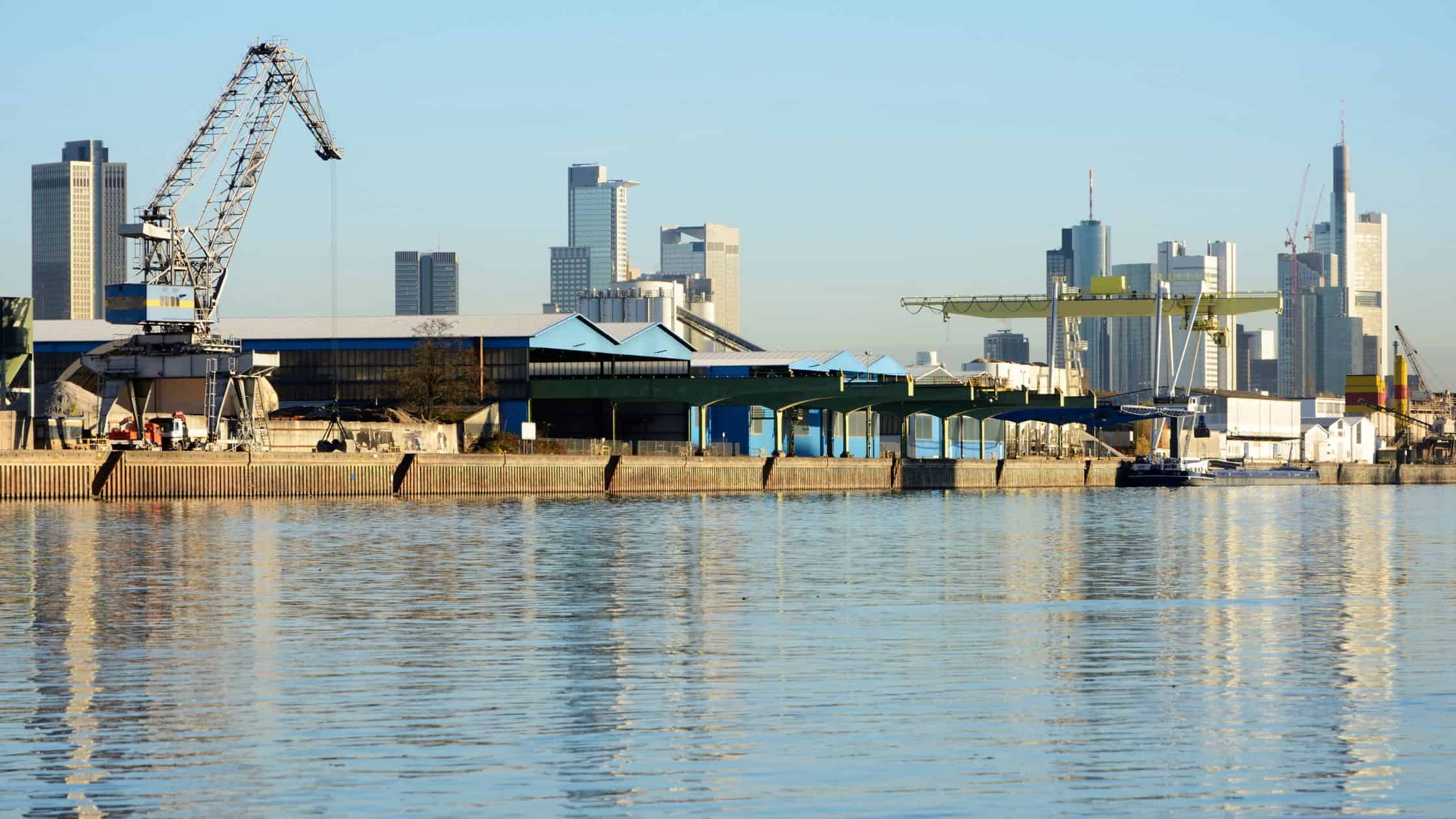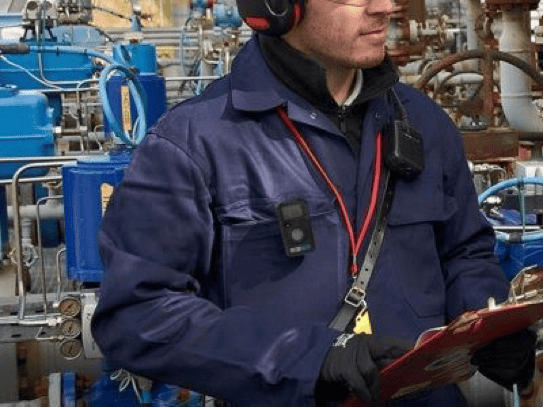Whether you are assessing a site to understand potential contamination, watching for long-term changes, or evaluating the effectiveness of remediation efforts at known contaminated sites, groundwater monitoring is a critical aspect of environmental management. Bailing and pumping are active sampling methods that have been the de-facto methods for acquiring groundwater samples. Innovations over the past 25
Many active groundwater monitoring programs could benefit from implementing passive sampling methods on their site. For many, this raises the question of how to implement passive sampling into their existing programs? While the idea of changing sampling methods mid-project may initially seem like a burden, the effort pays off quickly for the consultants and stakeholders who
Environmental consulting often involves the crucial work of managing groundwater monitoring programs at impacted sites. Assessing groundwater quality and implementing a sampling plan have traditionally involved labor-intensive sampling methods, such as purging monitoring wells, before a sample can be acquired. Passive groundwater sampling methods, with their distinct equipment, methodology, and staffing requirements are rapidly rising as efficient
As groundwater sampling requirements have expanded, the use of efficient, cost-effective, and environmentally friendly sampling techniques have become a more common solution. Passive sampling offers numerous advantages over traditional active sampling techniques that rely on pumping and/or purging. This article explores the many advantages of passive groundwater sampling for those familiar with conventional groundwater sampling but new to
Passive groundwater sampling is a technique that collects groundwater samples without the need for purging prior to sampling. A passive sampler captures a representative sample within a specific interval of the monitoring well screen, avoiding the aerated or stagnant water at the top of the screen or in the casing. This method utilizes the natural flow
Gas hazards are an unseen and unavoidable component in the operations of wastewater treatment facilities. Implementing the right gas detectors in wastewater plants is the best way to ensure the safety of personnel and to protect the environment. The three chemicals listed below are purifying chemicals that are used in the decontamination of wastes and water.






